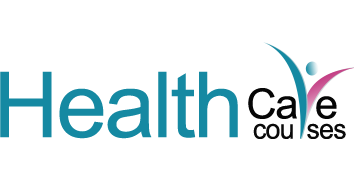Healthcare Level 7
Healthcare Level 7: Improving Patient Care through Interoperability
In the realm of healthcare, interoperability plays a crucial role in ensuring seamless communication and data exchange among different systems. Healthcare Level 7 (HL7) standards have been developed to facilitate this interoperability and enhance patient care outcomes.
Understanding Healthcare Level 7
HL7 is an international standard for the exchange, integration, sharing, and retrieval of electronic health information. It defines a set of protocols, formats, and rules that enable healthcare systems to communicate with each other effectively.
Key Benefits of HL7
- Improved patient care coordination
- Enhanced data accuracy and integrity
- Efficient information exchange
- Streamlined workflows
HL7 Message Types
| Message Type |
Description |
| ADT |
Admit, Discharge, Transfer |
| ORM |
Order Message |
| ORU |
Observation Result |
Challenges in Implementing HL7 Standards
While HL7 standards offer numerous benefits, their implementation can pose challenges such as data security concerns, interoperability issues, and the need for staff training.
Future Outlook
As healthcare organizations continue to embrace digital transformation, HL7 standards will play a pivotal role in achieving seamless interoperability and improving patient care outcomes.
Conclusion
Healthcare Level 7 standards are instrumental in driving innovation and improving the quality of care delivery in the healthcare industry. By adhering to these standards, healthcare organizations can enhance data exchange, streamline workflows, and ultimately, provide better patient care.
